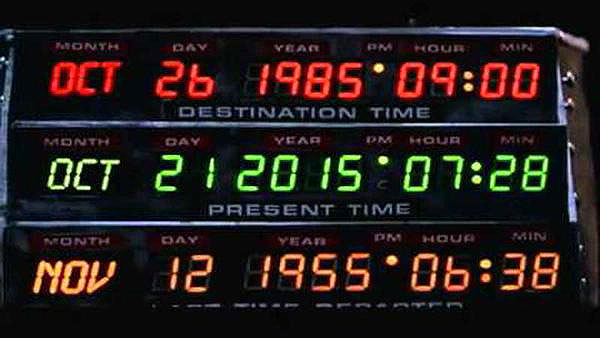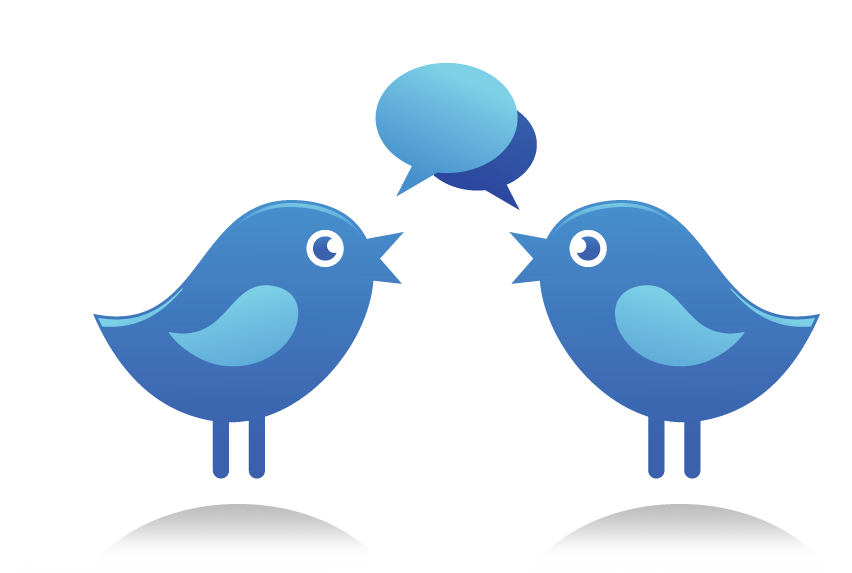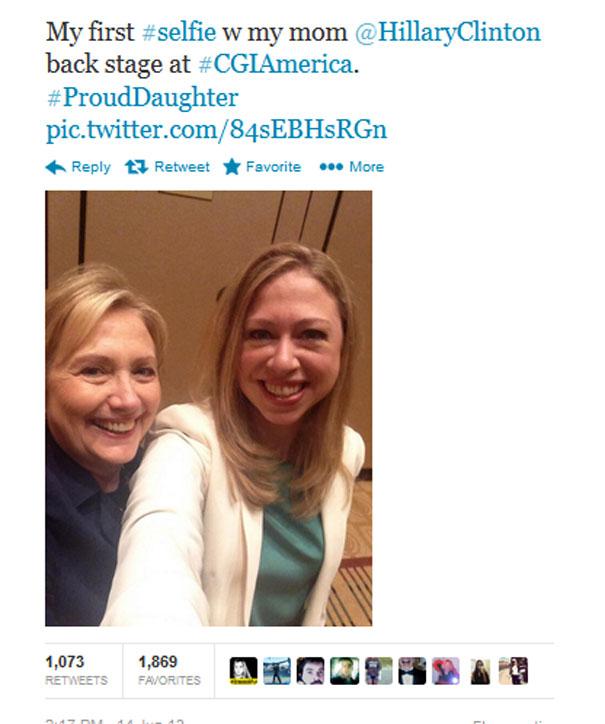
Last Wednesday marked the day Marty McFly went to the future in the 1980’s movie, “Back to the Future,” and brands didn’t skip a beat aligning themselves with the cult classic. Fortune took an in-depth look at how brands like Nike, Toyota and Pepsi leveraged the day with ads connecting them to the film, while Ford and Universal created mock ads for a Flux Capacitor and Hoverboard. Lyft even added an element to their ride-sharing app called “McFly Mode.” Great Scott!
Here’s how each of these companies used Back to the Future Day to promote their brand:
- Nike: When Marty McFly arrives in 2015 in the film, he puts on a pair if Nike sneakers that can lace themselves. Starting in January 2015 Tinker Hatfield, the original creator of the concept, said the Nike team was planning to release self-lacing shoes at some point in the year. The concept was again teased to the world this past Tuesday via a tweet. As of now, we still wait for the futuristic sneaker to become a reality.
- Toyota: Not only does the car in the film travel through time, it is also fueled by garbage. The car company used the date to promote its new hydrogen fuel car, the Mirai, by including actors Michael J. Fox and Christopher Lloyd in the debut commercial.
- Pepsi: The drink of choice for Michael J. Fox’s character in the film, Pepsi released limited edition bottles of the soda that were sold on Amazon. However, they may have been a little too limited. Many fans hoping to get a bottle of the Back to the Future Pepsi took to Twitter to express their disappointment.
- Ford: In honor of Back to the Future Day, Ford created a dummy version of a flux capacitor – the essential part for time travelling in the film. The Y-shaped generator powered by a getting struck by a bolt of lightning bolt or nuclear fuel was released in a mock ad and advertised to sell at a fictional $1.21 million.
- Universal: Unfortunately not a real product, but Universal released a mock ad for a hoverboard like the sweet ride available in Back to the Future’s version of 2015. Check out the ad here to see how Universal envisions hoverboards in 2015.
- Lyft: The on-demand ride sharing company offered free rides for up to 15 minutes around New York City in a DeLorean, the type of car used in the film. Users simply had to press the “McFly Mode” button in the Lyft app and the DeLorean ride would arrive minutes later.
Whether a devoted fan who has waited decades for this day or just someone who wanted to take part in the Back to the Future Day festivities, brands successfully engaged audiences through strategically impactful advertising.
For more on how brands utilized the date for product placement read the full Fortune article here: http://fortune.com/2015/10/21/back-future-day-brands-twitter/




 Previously only available to advertising partners,
Previously only available to advertising partners, 